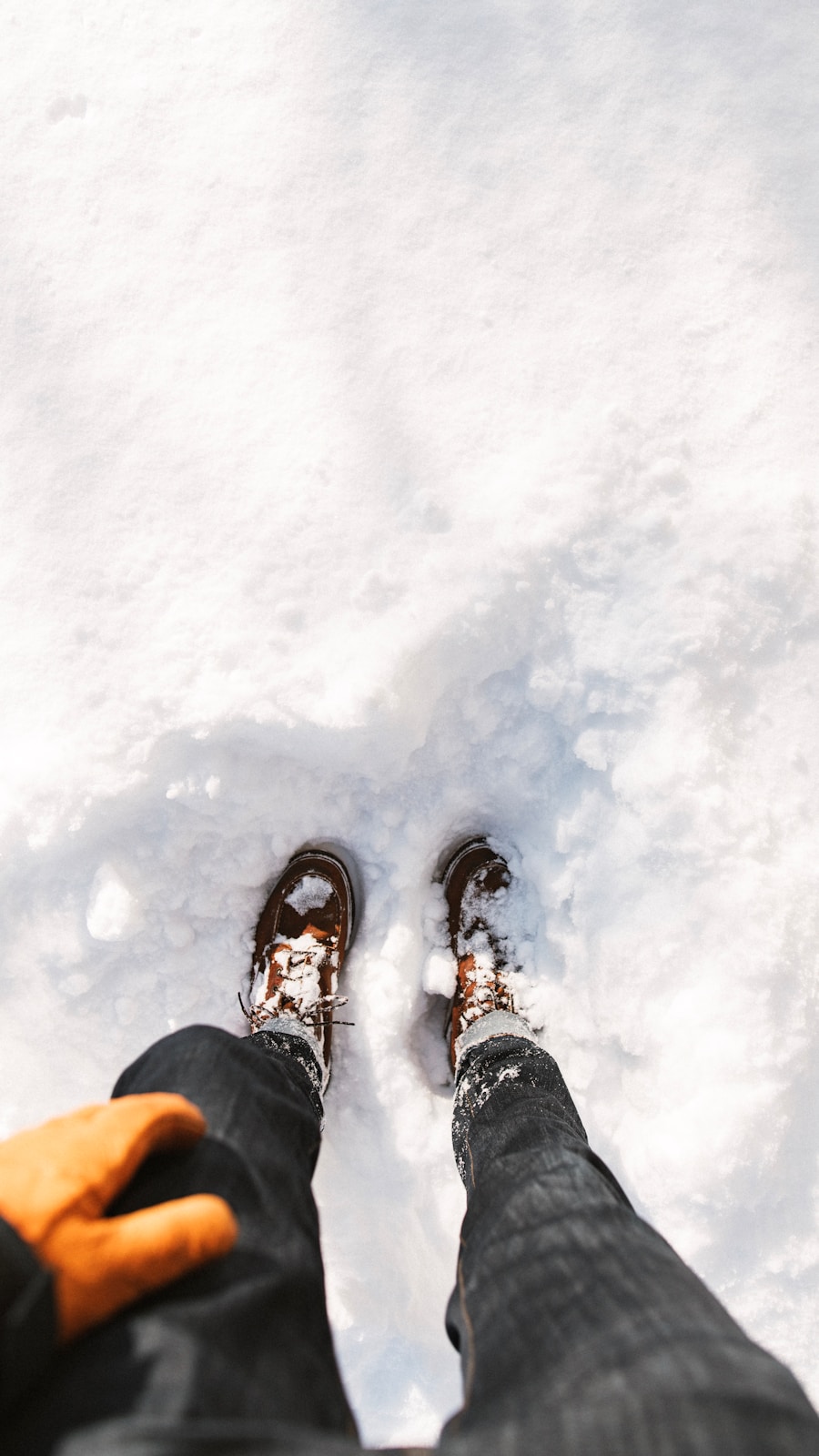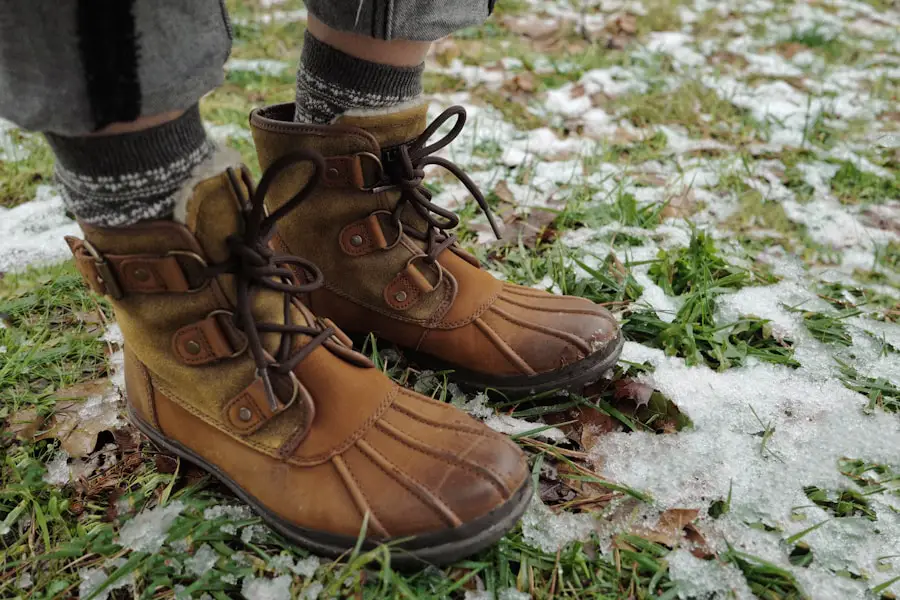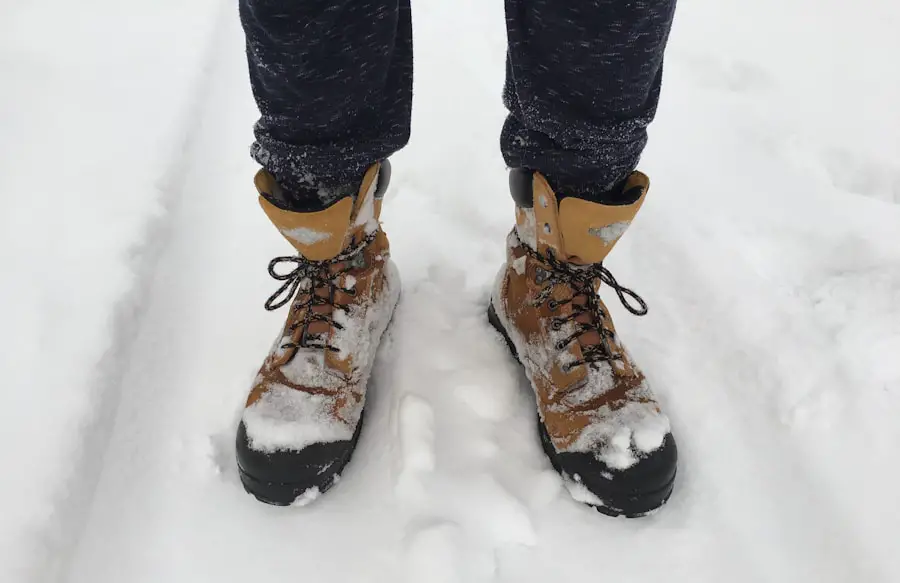Hiking boots are a fundamental piece of equipment for outdoor enthusiasts, providing the necessary support and protection for traversing various terrains. When it comes to snowy conditions, the choice of footwear becomes even more critical. Snow can present unique challenges, including cold temperatures, slippery surfaces, and the potential for deep drifts.
As such, understanding the specific features that make hiking boots suitable for snow is essential for anyone looking to enjoy winter hiking safely and comfortably. The right pair of hiking boots can significantly enhance your experience in snowy environments. They not only protect your feet from the elements but also provide the traction and stability needed to navigate icy trails.
With a plethora of options available on the market, it is vital to consider various factors such as insulation, waterproofing, and grip. This article delves into these aspects, offering insights into what makes a hiking boot ideal for snowy conditions and how to choose the best pair for your winter adventures.
Key Takeaways
- Hiking boots are essential for snow hiking, providing insulation, waterproofing, traction, ankle support, and stability.
- Insulation and waterproofing are crucial features of hiking boots for snow, keeping feet warm and dry in cold, wet conditions.
- Traction and grip are important for navigating slippery, icy terrain, with deep lugs and aggressive tread patterns providing better grip.
- Ankle support and stability are key for preventing injuries on uneven, snowy surfaces, with high-cut boots offering more support.
- Hiking boots for snow need to balance weight and flexibility for comfort and agility, without sacrificing durability in snowy conditions.
Insulation and Waterproofing
One of the most critical features to consider when selecting hiking boots for snow is insulation. Cold temperatures can lead to frostbite and discomfort, making it essential to keep your feet warm. Insulated hiking boots typically use materials like Thinsulate or other synthetic fibers that trap heat while allowing moisture to escape.
This balance is crucial because while you want to retain warmth, you also need to prevent sweat from accumulating inside the boot, which can lead to chilling once you stop moving. Waterproofing is equally important in snowy conditions. Snow can quickly turn into slush or melt into water, which can seep into your boots if they are not adequately waterproofed.
Many hiking boots designed for winter use feature waterproof membranes such as Gore-Tex or proprietary technologies that create a barrier against moisture while still allowing breathability. This combination ensures that your feet remain dry and comfortable throughout your hike, even in wet and slushy conditions.
Traction and Grip

When hiking in snow, traction is paramount. Slippery surfaces can pose significant risks, and having boots with a reliable grip can make all the difference between a safe trek and a dangerous slip. Hiking boots designed for winter conditions often come equipped with specialized outsoles made from rubber compounds that provide superior traction on icy and snowy surfaces.
The tread patterns are typically deeper and more aggressive than those found on standard hiking boots, allowing for better grip on uneven terrain. Additionally, some winter hiking boots incorporate features like multi-directional lugs or even metal spikes that enhance grip on ice. These features are particularly beneficial when navigating steep inclines or declines where slipping could lead to serious injury.
It’s essential to assess the type of terrain you will be encountering and choose a boot that offers the appropriate level of traction for those conditions.
Ankle Support and Stability
| Product | Price | Material | Support Level |
|---|---|---|---|
| Ankle Brace A | 25.99 | Neoprene | Medium |
| Ankle Sleeve B | 19.99 | Elastic Fabric | Light |
| Ankle Support C | 29.99 | Nylon and Spandex | High |
Ankle support is another critical factor when selecting hiking boots for snowy environments. The risk of ankle injuries increases in winter conditions due to uneven surfaces hidden beneath snow or ice. Boots that provide adequate ankle support help stabilize your foot and reduce the likelihood of rolling an ankle on treacherous terrain.
Many winter hiking boots feature higher cuts that extend above the ankle, offering additional support and protection. Moreover, a well-structured boot can enhance overall stability while walking on snow-covered trails. A stiff midsole is often incorporated into winter hiking boots to provide support without sacrificing comfort.
This rigidity helps distribute weight evenly across the foot, reducing fatigue during long hikes while also providing a solid foundation for navigating challenging conditions.
Weight and Flexibility
While it may seem counterintuitive, the weight of hiking boots plays a significant role in their performance in snowy conditions. Heavier boots may offer more insulation and protection but can also lead to fatigue over long distances. Conversely, lightweight boots allow for greater agility and speed but may compromise on warmth and support.
Striking a balance between weight and functionality is crucial when selecting winter hiking footwear. Flexibility is another aspect to consider. A boot that is too rigid may hinder movement, making it difficult to navigate through deep snow or uneven terrain.
On the other hand, overly flexible boots may not provide the necessary support for your ankles or arches. Many manufacturers design winter hiking boots with a moderate level of flexibility that allows for natural foot movement while still offering adequate support and protection.
Durability in Snowy Conditions

Withstanding Harsh Conditions
The materials used in the construction of the boots must be able to withstand not only cold temperatures but also moisture and abrasion from ice and snow. High-quality leather or synthetic materials are often used in winter boots due to their resilience against harsh conditions.
Protecting Against Impacts
Reinforced toe caps and heel counters can protect against impacts from rocks or other obstacles hidden beneath the snow. Furthermore, the stitching and construction methods used in making the boots play a significant role in their longevity. Boots with sealed seams or welded construction are less likely to allow water penetration, ensuring that they remain functional over time.
Long-Term Cost Savings
Investing in durable footwear can save you money in the long run by reducing the need for frequent replacements due to wear and tear.
Considerations for Different Types of Snow
Not all snow is created equal; understanding the different types of snow can help you choose the right hiking boots for your specific needs. For instance, powder snow requires different traction than packed or icy snow. In powdery conditions, a boot with a wider sole may help distribute weight more evenly, preventing you from sinking too deeply into the snow.
Conversely, when dealing with icy surfaces, look for boots with aggressive tread patterns or even crampon compatibility for added grip. Additionally, slushy conditions present their own challenges. In these scenarios, waterproofing becomes even more critical as melting snow can quickly saturate your footwear.
Boots designed specifically for wet conditions often feature enhanced drainage systems that allow water to escape while keeping your feet dry. Understanding these nuances will enable you to select a boot that performs optimally across various snowy terrains.
Are Hiking Boots Suitable for Snow?
When considering whether hiking boots are suitable for snowy conditions, it becomes clear that not all hiking boots are created equal. While some may offer basic protection against cold weather, those specifically designed for winter use incorporate essential features such as insulation, waterproofing, traction, ankle support, and durability tailored to snowy environments. By carefully evaluating these characteristics based on your intended activities and the types of snow you will encounter, you can make an informed decision that enhances your winter hiking experience.
Ultimately, investing in a quality pair of winter hiking boots can significantly impact your comfort and safety during snowy excursions. Whether you’re planning a day hike through a winter wonderland or embarking on a multi-day trek through challenging conditions, having the right footwear will ensure that you can enjoy the beauty of nature without compromising on safety or comfort.
If you are wondering if hiking boots are good for snow, you may also be interested in reading about the best travel razor for your next adventure.
Having a reliable razor while traveling can make a big difference in your grooming routine. Check out the article here for some great options to consider before your next trip.Love travel? Join Our Facebook Community For More Tips.
FAQs
What are hiking boots?
Hiking boots are sturdy and durable footwear designed for outdoor activities such as hiking, trekking, and mountaineering. They are typically made with a combination of leather, synthetic materials, and rubber to provide support, stability, and protection for the feet and ankles.
Are hiking boots good for snow?
Hiking boots can be good for snow depending on the specific features of the boots. Some hiking boots are designed with insulation, waterproofing, and traction that make them suitable for walking in snowy conditions. However, not all hiking boots are specifically designed for snow, so it’s important to choose a pair that is suitable for the intended use.
What features should hiking boots have for snow?
Hiking boots suitable for snow should have insulation to keep the feet warm, waterproofing to keep the snow out, and a good tread pattern for traction on slippery surfaces. Additionally, a higher ankle height can provide extra support and protection in snowy and uneven terrain.
Can hiking boots be used for snowshoeing?
Hiking boots can be used for snowshoeing, but it’s important to ensure that the boots are compatible with the specific type of snowshoes being used. Some snowshoes require specific bindings that may not work well with certain types of hiking boots. It’s best to check with the snowshoe manufacturer for recommendations on compatible footwear.
How should hiking boots be maintained for snow use?
To maintain hiking boots for snow use, it’s important to regularly clean off any snow, mud, or debris that may accumulate on the boots. Waterproofing treatments should be reapplied as needed to ensure that the boots remain water-resistant. Additionally, inspect the boots for any signs of wear and tear, and replace any worn-out components such as laces or insoles.
